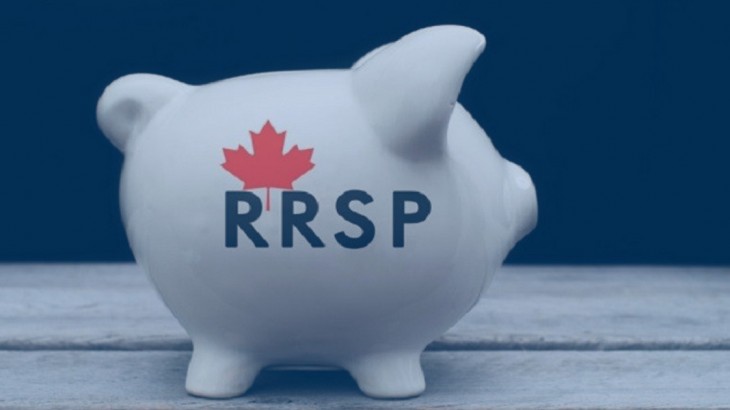The RRSP deadline for 2015 2016 is coming up on February 29 March 1, 2017. Here are the top 11 mistakes to avoid.
Waiting until the last minute to contribute
The deadline to make RRSP contributions for the 2015 tax year is February 29. An RRSP allows your gains to grow tax-deferred until you make a withdrawal. The earlier you make the contribution, the sooner you can take advantage of tax-deferred compounding.
Not knowing why you’re contributing
Are you just making a contribution to an RRSP because everyone else is? Or because of the commercials that banks run this time of year?
If you have any high interest rate debt (like credit cards), pay that off instead of putting money in an RRSP (unless your employer matches your RRSP contributions). If you are in a lower income tax bracket, that is if you make less than $50,000 per year, a TFSA is most likely a better option for you.
Making the decision product-based
RRSPs can hold many different types of investments: stocks, bonds, ETFs, cash, mutual funds, gold, etc. Don’t let the overwhelming choice of investments be an excuse for putting off or not making an RRSP contribution. The money contributed to an RRSP doesn’t have to be invested right away.
But don’t leave the contributions sitting in cash for months
If you don’t make an investment decision at the same time you make the contribution, make a note in your calendar for 1 month later to decide what investments to purchase.
Not making a contribution because of what stock markets are doing
Stock markets are volatile. They can move up or down more than 2% in a day, 10% in a week. While no one likes to lose money, when stock markets are in a losing trend can be the best time to invest. Trying to pick the bottom to invest is extremely difficult and you don’t know that the stock market has bottomed until after it has happened. It is better to buy when markets have lost and are on sale, than to buy after they have risen and there are no discounts available.
Not knowing what fees you are paying
It is really easy to go into a bank and open an RRSP. Unfortunately, you pay a steep price for that convenience. Fees on mutual funds sold in bank branches are often in the 2-3% range depending on the asset class. Make sure you know what you are paying, and look for low fee choices like online investment advisors. Remember, unlike buying a Mercedes, paying more for a mutual fund will not get you a better fund.
Using your RRSP as an emergency fund
If you need to make a withdrawal from your RRSP other than under the Home Buyers Plan or Life Long Learning Plan, you will have to pay tax on the withdrawal. Because the money went into the RRSP tax-free, when the money comes out it has to be taxed. Banks and other financial institutions are required by law to withhold 10-30% for tax (the same way your employer withholds tax from your paycheques). Those financial institutions also charge a fee for withdrawals (called a partial or full deregistration) that range from $50-$150.
The contribution doesn’t have to be in cash
You can also make in-kind contributions to an RRSP. If you have investments outside an RRSP, you can transfer them into an RRSP. Do not transfer investments that have a capital loss as you cannot claim that capital loss on your tax return. Instead, sell a losing investment and transfer the cash. Investments with a capital gain can be transferred, but remember that for tax purposes that capital gain is realized on the date of the transfer.
Not updating your beneficiary
Make sure you know who the beneficiary is for each RRSP account. This is easy to forget, but becomes very important in the event of a divorce, death or when you have a child.
Not knowing your contribution room
Double check your Notice of Assessment from last year’s income tax return or go to My Account on CRA’s website. You are allowed to over contribute $2,000 in your lifetime. Anything over that is subject to a 1% per month penalty.
Forgetting that an RRSP is not tax-free
Remember, an RRSP just defers tax, it doesn’t avoid it entirely. When you contributed to the RRSP, the money reduced your taxable income, likely resulting in a tax refund. That tax refund isn’t free money, it’s more like loan. When you take money out the government calls the loan.
